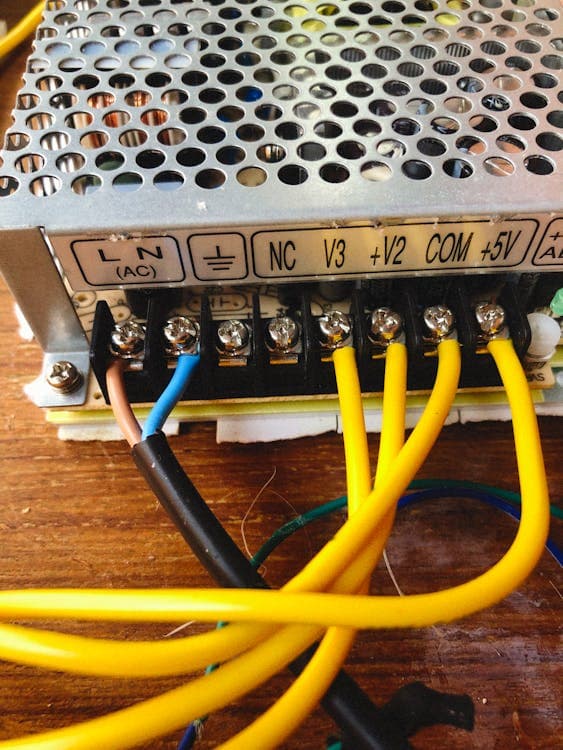In the fast-paced world of telecommunications, where connectivity is king and downtime is not an option, the backbone of any successful operation lies in its network infrastructure.
Behind every seamless video call, lightning-fast download, and secure data transfer, there exists a robust network of cables, switches, routers, and servers working tirelessly to keep the digital world spinning.
In this article, we delve deep into the significance of network infrastructure in telecommunication and how it serves as the cornerstone for building trust and reliability among consumers.
The Foundation of Connectivity
At the heart of every telecommunication service provider lies its network infrastructure, the physical framework upon which all digital communications are built.
This infrastructure encompasses a myriad of components, including fiber-optic cables, wireless towers, data centers, and routing equipment, interconnected to form a vast web of connectivity spanning the globe.
One of the primary objectives of network infrastructure is to ensure the swift and seamless transmission of data from one point to another.
Whether it’s a voice call, video stream, or text message, users expect their communications to traverse the network with minimal delay and maximum reliability.
Achieving this level of performance requires meticulous planning, investment in cutting-edge technology, and a relentless commitment to quality.
Reliability: The Bedrock of Trust
In the realm of telecommunication, reliability is non-negotiable.
Users rely on their internet connection for a multitude of essential tasks, from conducting business meetings and accessing critical information to streaming entertainment and staying connected with loved ones.
Any service disruption can have far-reaching consequences, impacting productivity, customer satisfaction, and brand reputation.
This is where the reliability of network infrastructure comes into play.
By investing in redundant systems, failover mechanisms, and proactive maintenance, telecommunication providers can minimize the risk of outages and ensure uninterrupted service delivery.
From redundant fiber-optic links to backup power generators, every aspect of the network is engineered with reliability in mind.
Ensuring Quality of Service
Beyond mere uptime, network infrastructure also plays a crucial role in ensuring the quality of service (QoS) experienced by users.
In an era where high-definition video streaming, cloud gaming, and real-time collaboration have become the norm, maintaining consistent performance levels is paramount.
Quality of service encompasses various metrics, including bandwidth, latency, jitter, and packet loss, all of which directly impact the user experience.
Through careful network design, capacity planning, and traffic management, telecommunication providers can optimize these metrics to deliver a superior service that meets the demands of today’s digital consumers.
Building Trust Through Transparency
Transparency is another key aspect of building trust in telecommunication services.
Users want assurance that their data is being handled responsibly, their privacy is being respected, and their service provider is acting in their best interests.
Network infrastructure plays a pivotal role in enabling this transparency by facilitating robust security measures, data encryption, and compliance with regulatory standards.
Moreover, telecommunication providers can build trust by being transparent about their network performance, outage incidents, and service-level agreements (SLAs).
By providing customers with real-time visibility into network status and performance metrics, providers can demonstrate their commitment to reliability and accountability.
Proactive Maintenance: Anticipating Challenges Before They Arise
In the dynamic landscape of telecommunication, where the demand for connectivity is ever-growing and technology is constantly evolving, proactive maintenance plays a pivotal role in upholding the reliability of network infrastructure. Rather than waiting for problems to occur, telecommunication providers employ a proactive approach to identify and address potential issues before they escalate into full-blown outages.
This proactive maintenance strategy encompasses a range of activities, including regular inspections, performance monitoring, and predictive analytics. By leveraging advanced monitoring tools and AI-driven algorithms, providers can detect anomalies, pinpoint potential bottlenecks, and preemptively resolve issues before they impact service quality.
Furthermore, proactive maintenance extends beyond the physical infrastructure to encompass software updates, security patches, and firmware upgrades. By staying abreast of the latest technological advancements and industry best practices, telecommunication providers can ensure that their network remains resilient, secure, and capable of meeting the evolving needs of their customers.
Customer-Centric Approach: Putting Users First
At the heart of every telecommunication provider’s operations lies a commitment to customer satisfaction and user experience.
While network infrastructure forms the backbone of connectivity, it is ultimately the end-users who reap the benefits of seamless communication, reliable internet access, and innovative digital services.
A customer-centric approach to network infrastructure entails more than just ensuring uptime and performance; it involves actively engaging with customers, soliciting feedback, and tailoring solutions to meet their unique needs.
Whether it’s providing personalized support, offering flexible service plans, or developing user-friendly interfaces, telecommunication providers must prioritize the needs and preferences of their customers at every step of the way.
Moreover, transparency and communication are key pillars of a customer-centric approach.
Telecommunication providers must keep their customers informed about network upgrades, maintenance activities, and any potential disruptions to service.
By fostering open channels of communication and demonstrating a genuine commitment to customer satisfaction, providers can build lasting relationships based on trust, reliability, and mutual respect.
Conclusion
In conclusion, network infrastructure forms the bedrock of trust and reliability in telecommunication services. By investing in a robust and resilient infrastructure, providers can ensure seamless connectivity, maintain high service quality, and instill confidence in their customers. In an increasingly interconnected world where digital communication is ubiquitous, the importance of network reliability cannot be overstated. It is the lifeline that keeps the wheels of commerce turning, the channels of communication open, and the promise of connectivity alive.
